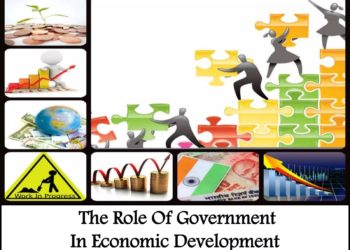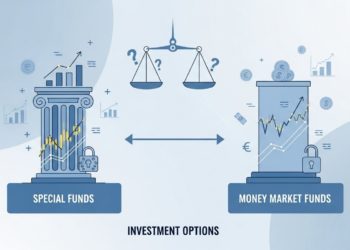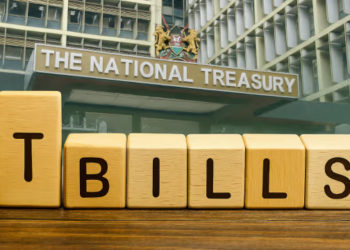In February 2025, several banks in Kenya have announced a reduction in their lending rates following the Central Bank of Kenya’s (CBK) decision to cut the benchmark rate and the cash reserve ratio. This move is expected to have significant implications for private sector credit growth and overall economic growth.
The reduction in lending rates is aimed at making borrowing cheaper for businesses and individuals. By lowering the cost of borrowing, banks hope to stimulate credit growth, particularly for small and medium-sized enterprises (SMEs) which are critical to the economy. Lower interest rates mean that businesses can take out loans at a lower cost, enabling them to invest in new projects, expand operations, and hire more employees. The CBK’s decision to cut the cash reserve ratio (CRR) from 4.25% to 3.25% is also expected to release additional liquidity into the banking system. This additional liquidity will enable banks to lend more to the private sector, further boosting credit growth. The CBK has also introduced on-site inspections to ensure that banks are implementing the Risk-Based Credit Pricing Model (RBCPM) and passing on the benefits of lower rates to customers
Lower lending rates will have a positive impact on economic growth by encouraging spending and investment. When borrowing costs are reduced, consumers are more likely to take out loans for big-ticket items such as homes and cars, while businesses are more likely to invest in new projects and expansion. This increased spending and investment can lead to higher demand for goods and services, which in turn can stimulate economic activity and job creation. Moreover, lower interest rates can make saving less attractive, prompting individuals and businesses to invest in higher-yield assets such as stocks and real estate. This can drive up prices in these markets, further boosting economic activity.
In summary, the reduction in lending rates by banks in Kenya is expected to have a positive impact on private sector credit growth and economic growth. By making borrowing cheaper, the move is likely to stimulate investment and spending, which can help rejuvenate the economy and create more job opportunities.

















